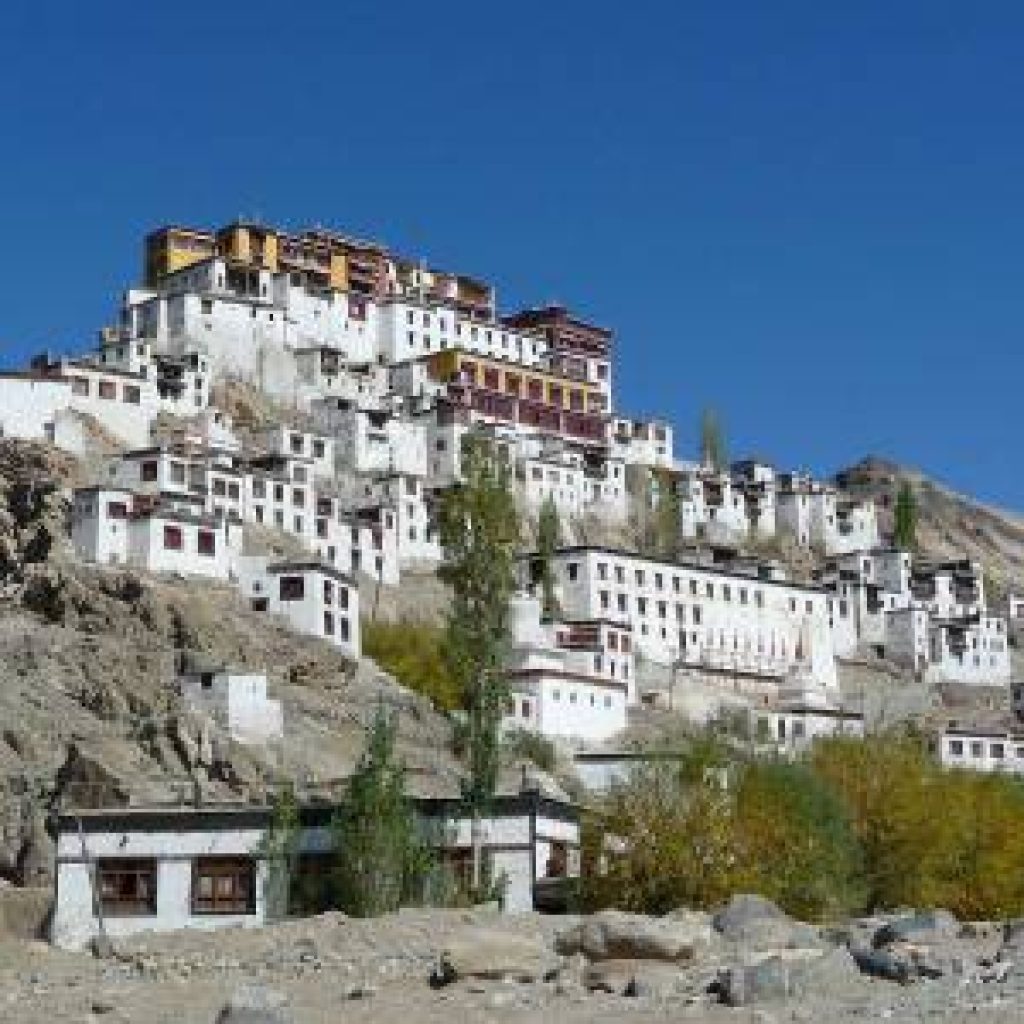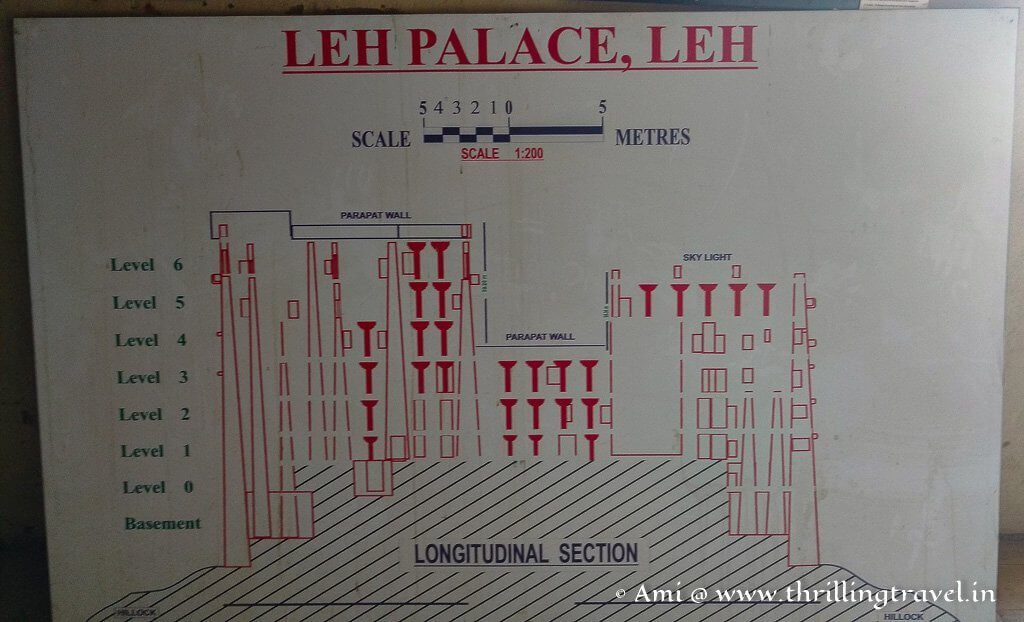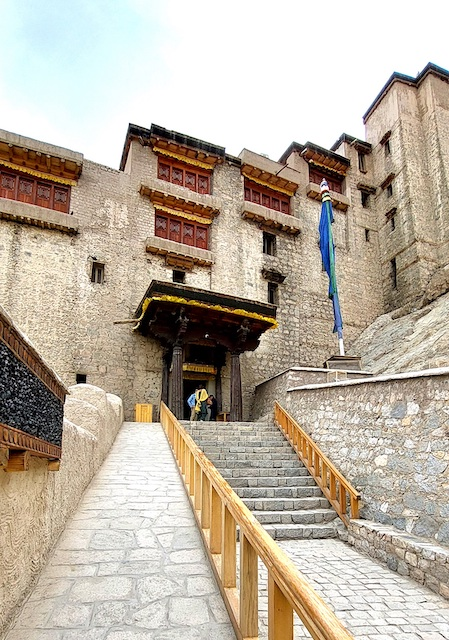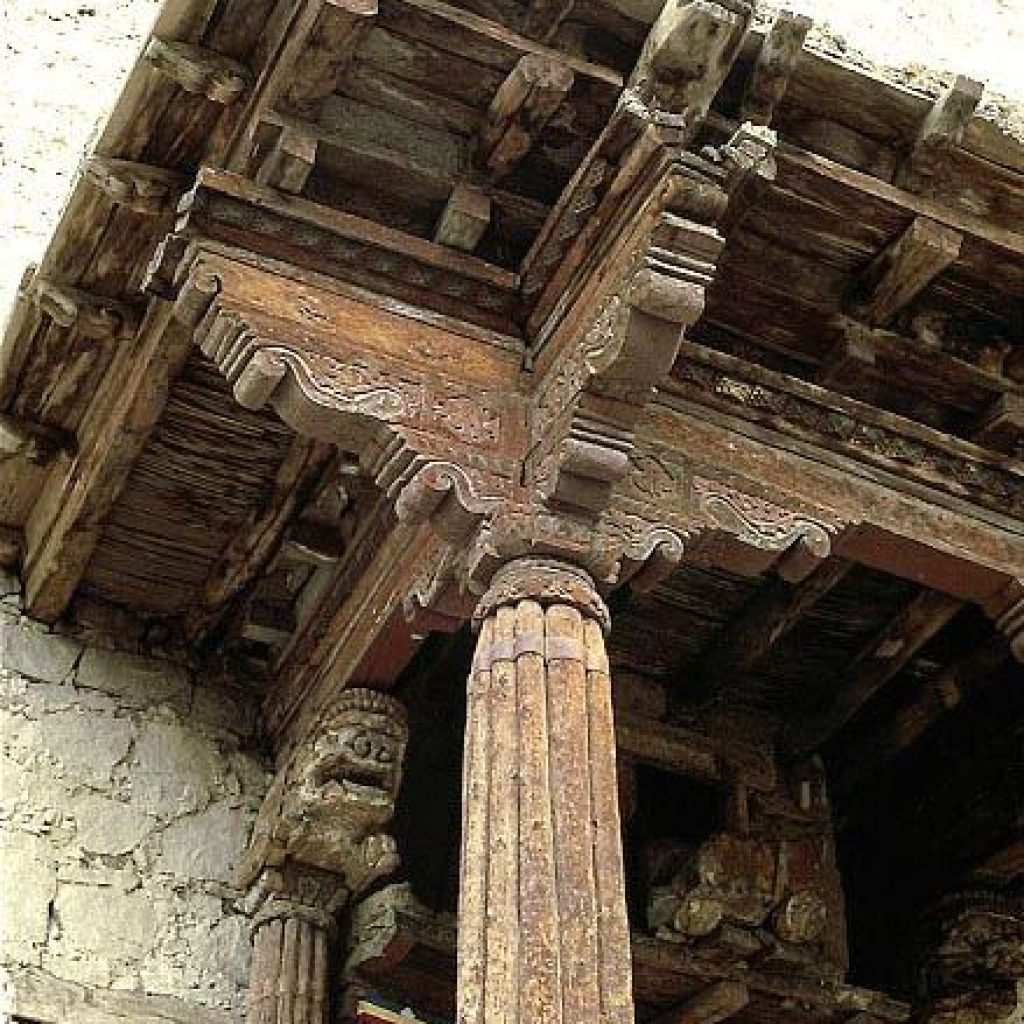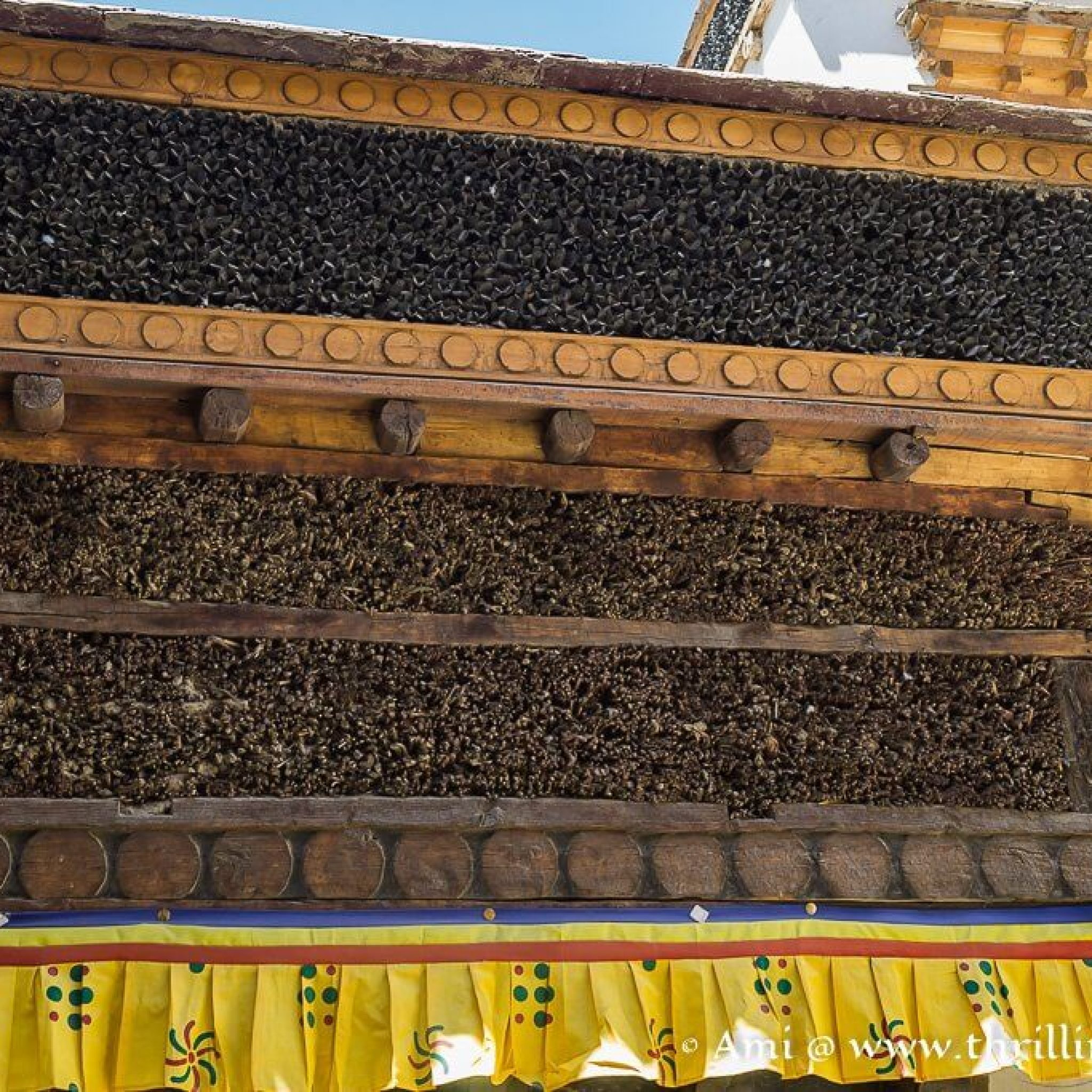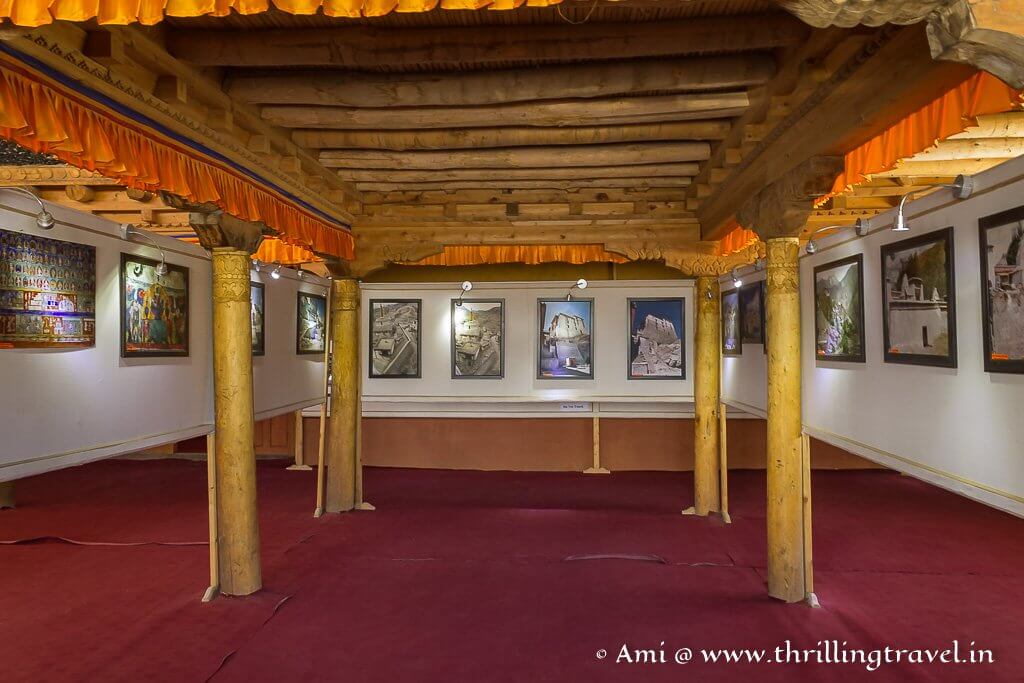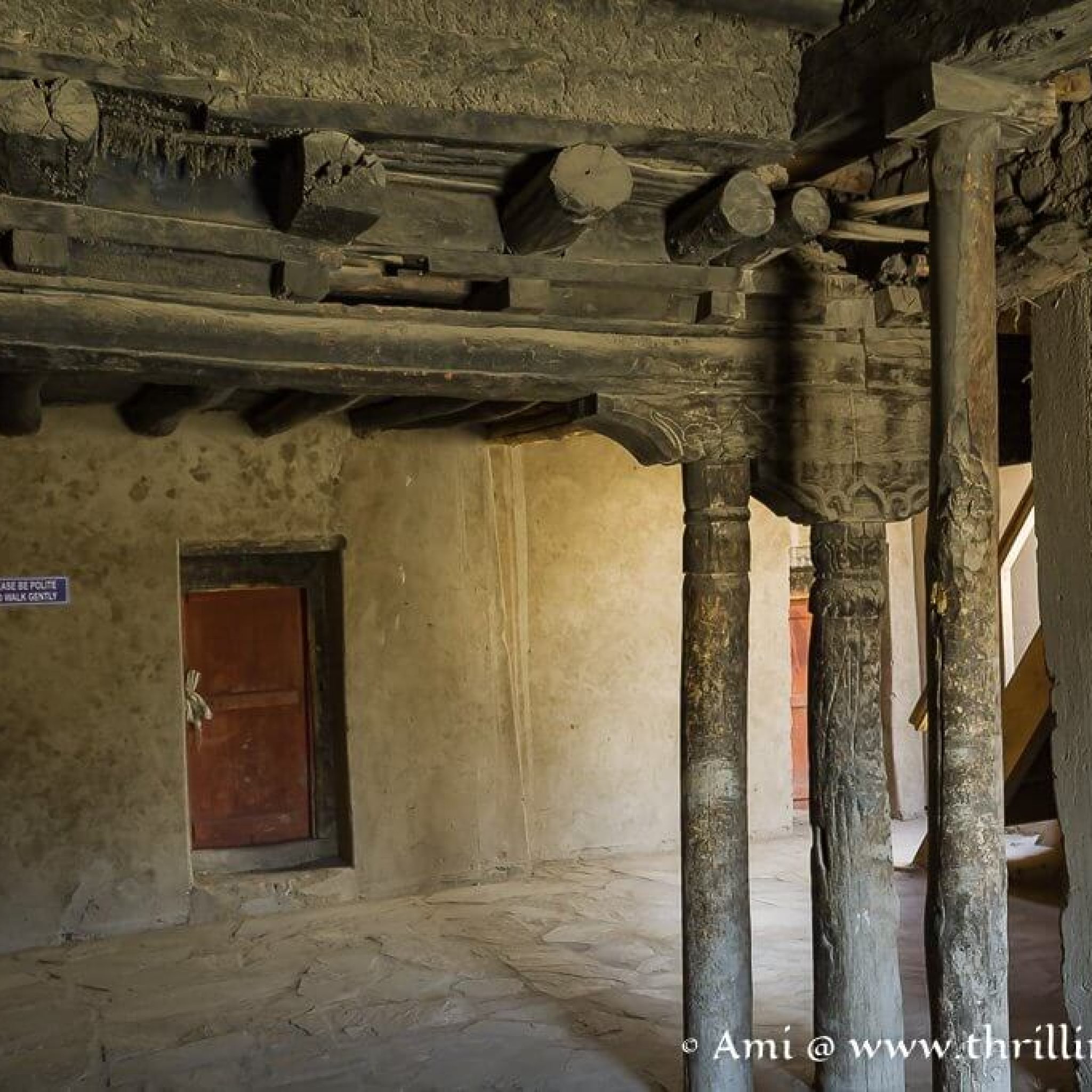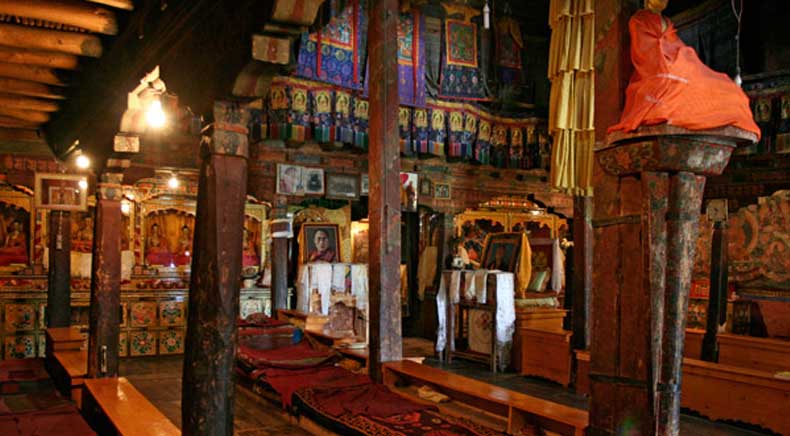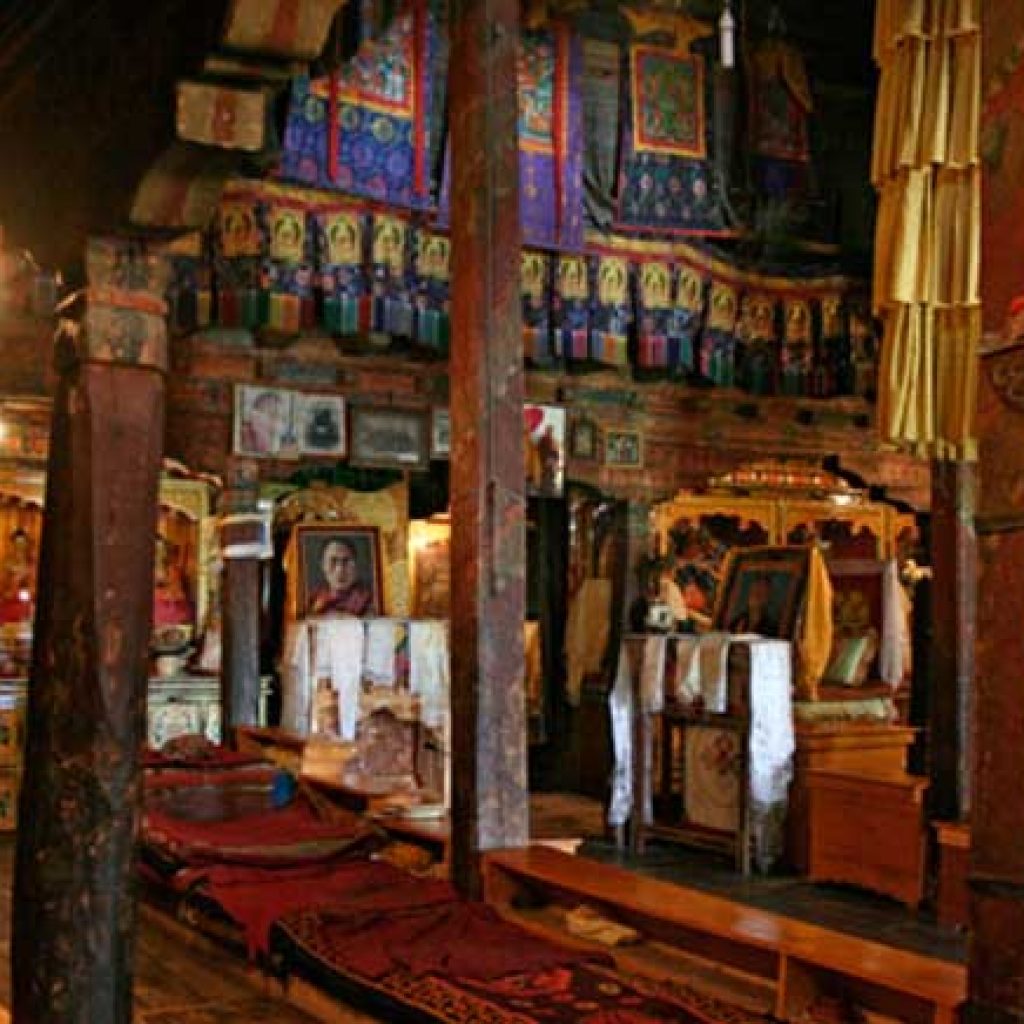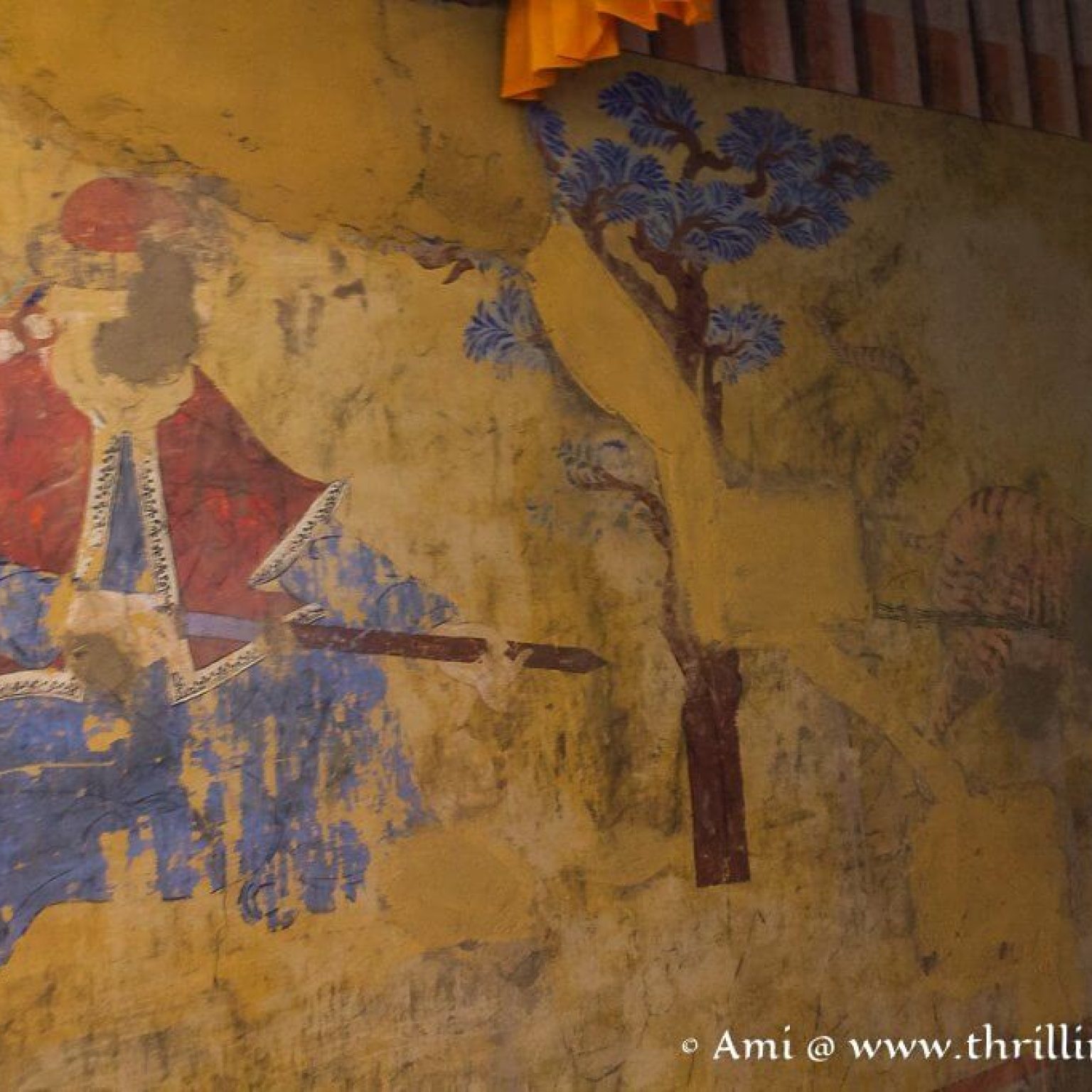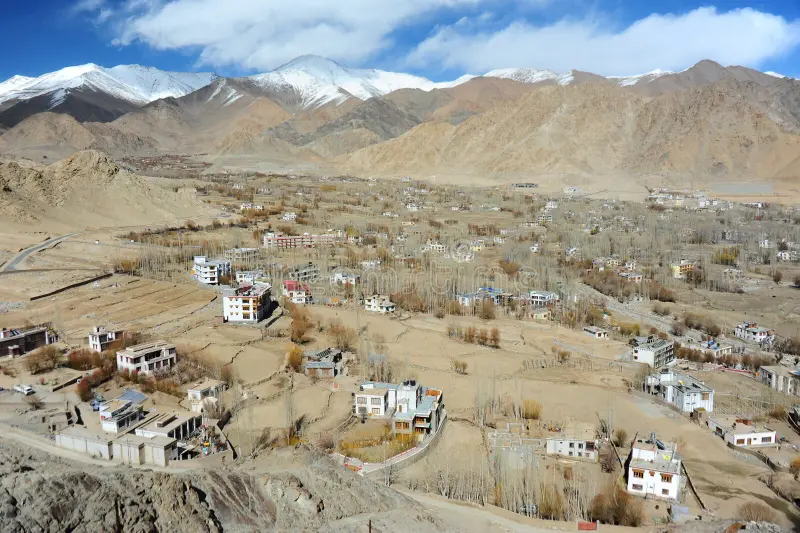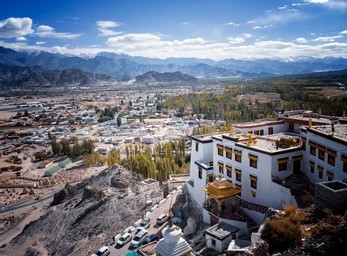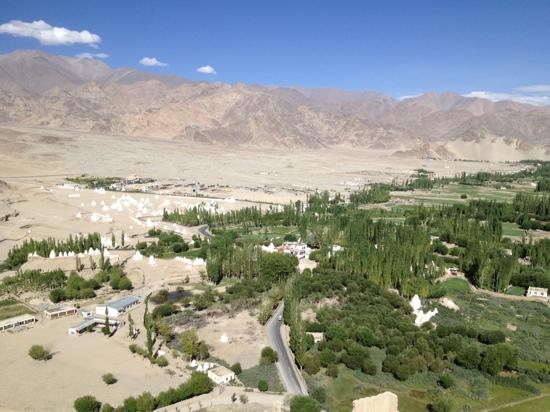Stok Palace was constructed in 1820 by King Tsepal Namgyal after the royal family had to retreat from Leh Palace following the Dogra invasion. Since then, it has served as the official residence of the Ladakhi royals, who were known for their patronage of art, Buddhism, and diplomacy with Tibet and the broader Himalayan kingdoms.
Even today, members of the royal family continue to reside here, especially during summer months, and they maintain strong ties with the local Buddhist community and the nearby Stok Monastery.
The palace represents a critical phase in Ladakh’s transition — from an independent Himalayan kingdom to a part of Jammu & Kashmir, and now a union territory. It blends royal pride with monastic calm and village simplicity.





